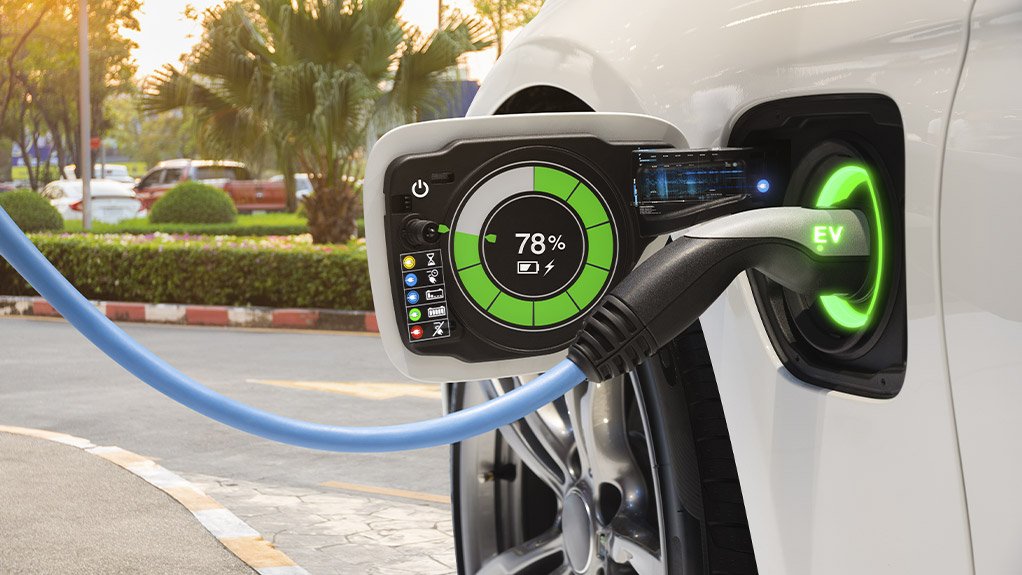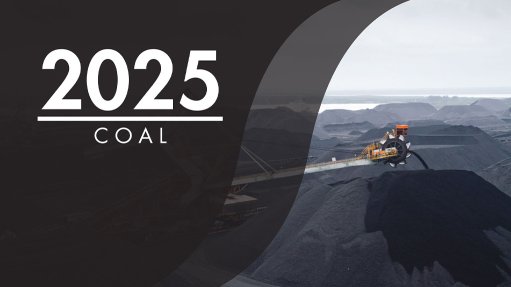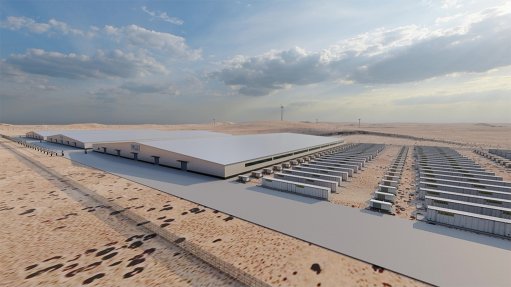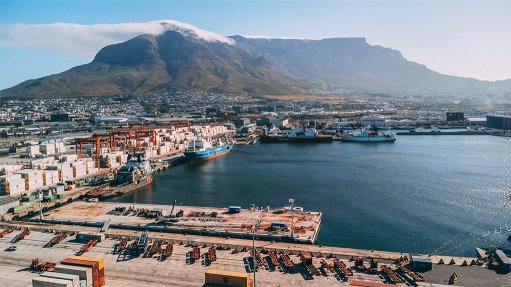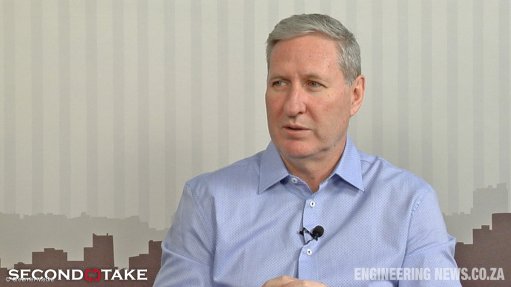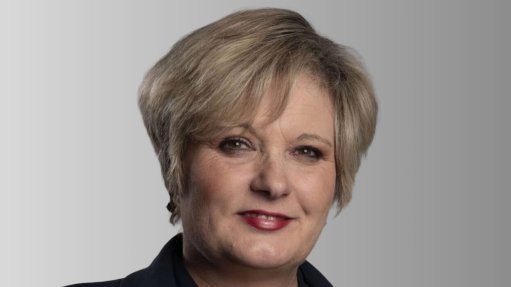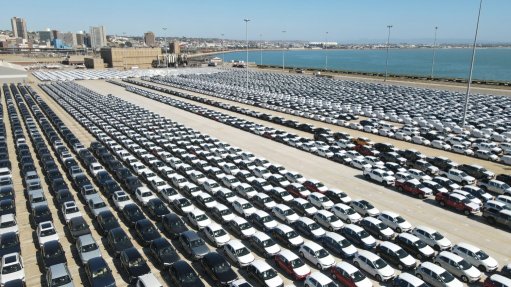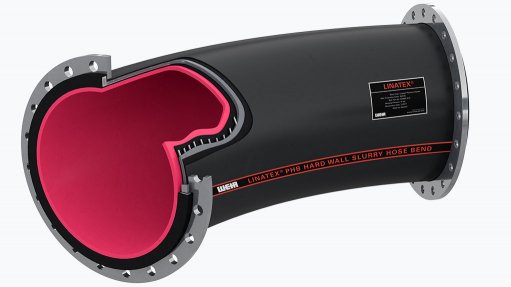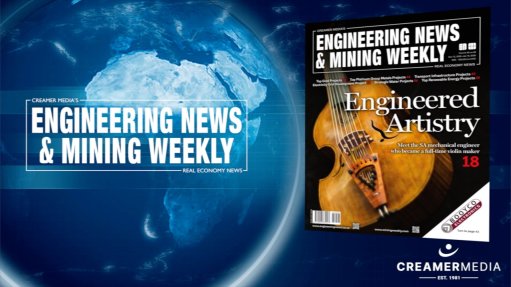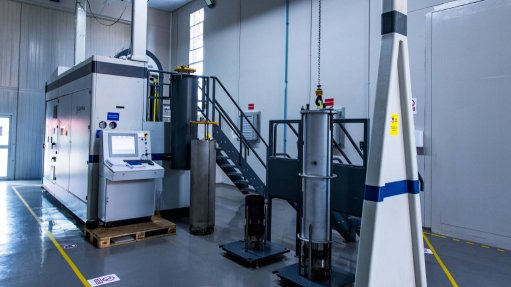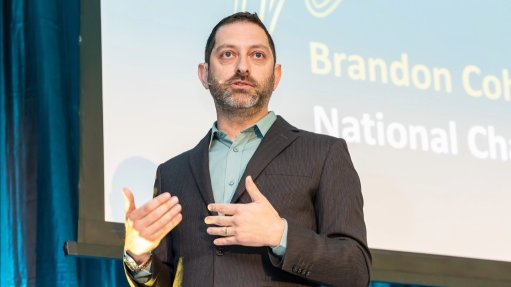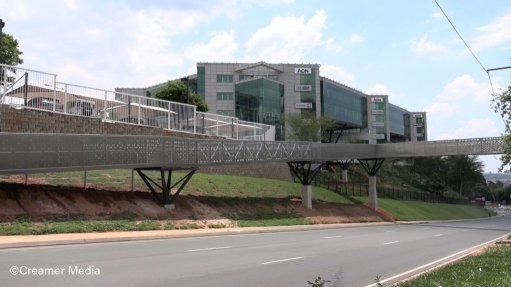naamsa to deploy public NEV charging infrastructure
Amid the green energy transition sparking increased global demand for new-energy vehicles (NEVs), naamsa | the Automotive Business Council is embarking on the deployment of public charging infrastructure nationally.
During a Nedbank Fuel Retail seminar on June 20, naamsa chief projects officer Shivani Singh noted that 120 sites comprising a mix of alternating and direct current chargers would be deployed across main national routes, connecting cities and entertainment nodes.
She explained that a ‘coverage-based’ approach would serve well to mitigate accessibility concerns.
While using renewable energy exclusively would be preferred, Singh noted that practicality dictates initial deployment of grid-tied solutions supported by small-scale renewable use.
This will decrease the cost of infrastructure build and increase the speed of installation.
“We’re seeing it initially as still having a grid-tied solution supported by an element of renewable power,” she said.
Singh noted that some locations have been tentatively identified against the current installed network whereby the preference is to work in existing commercial sites – brownfield – where alternate revenue streams already exist.
“The logistics of getting these sites approved . . . can take years . . . petrol stations are the logical opportunity”.
She explained that strategic partnerships with fuel companies and fuel stations represent an opportunity for collaboration in the context of changing downstream strategies plus their proximity to main national routes.
She argued that opportunities for revenue generation other than the sale of electricity would need to be explored.
The project has been endorsed by all naamsa manufacturing, retailing and medium and heavy commercial vehicle original-equipment manufacturers and will be supported by them during deployment.
Singh also noted that key government stakeholders and agencies have endorsed the project and would provide collaborative support relating to aspects such as infrastructure development, road safety and financing.
“We've managed to onboard all government stakeholders that would play a role here,” said Singh, noting that a development finance institution is working with naamsa to fund an initial rollout of these public charging infrastructure points.
Moreover, in line with the South African Automotive Masterplan 2035, naamsa aims to achieve 60% local content in car manufacturing, as well as achieve 25% value addition in the supply chain to come from black-owned businesses.
With this in mind, Singh noted that the company deploying the solution is a consortium of an existing chief product officer (CPO) and black industrialists – black and women-owned.
Singh also pointed out that local charging infrastructure is currently fully imported and installed.
Hence, in the context of the masterplan and support for localisation initiatives, a phased industrialisation approach is being explored.
Singh thus argued that there is an opportunity to localise components for charging infrastructure, arguing that it can bolster business cases.
“To date, we've been able to localise the aluminium pillars in the charger, the cables and the harnessing, as well as some of the plugs. We could get to a point where the charging infrastructure we install has actually got locally assembled components inside it,” she said.
Meanwhile, in a follow-up interview with naamsa, CEO Mikel Mabasa confirmed to Engineering News that the project would be exclusively for naamsa members.
He noted that naamsa is a member-based organisation that represents the noncommercial interests of all automotive manufacturing, retailing and medium and heavy commercial vehicle companies operating in South Africa.
“We deliver projects and initiatives for and on behalf of our members, including this public charging infrastructure project, which is a naamsa project”.
Mabasa also noted that, as a nonprofit company, naamsa does not get involved in any commercial enterprise.
“For the public charging infrastructure project, we will be working with a competent black industrialist firm to deliver this project. The company is an independent entity with relevant technical capabilities and support. The company has its own board of directors and governance structures independent of naamsa and/or any of our member companies”.
Mabasa noted that naamsa members would fund the initiative in partnership with a development finance institution, adding that the association is mobilising additional private funds to support the project, as well as for other projects.
He said naamsa was unable to disclose the names of its partners at this time until all its memoranda of understanding have been concluded.
“This is a private sector project with no financial support from the government fiscus. However, critical government stakeholders have been consulted and will be supporting the initiative from a service-delivery and compliance-perspective,” Mabasa said.
*This article has been updated with additional commentary from naamsa.
Article Enquiry
Email Article
Save Article
Feedback
To advertise email advertising@creamermedia.co.za or click here
Comments
Announcements
What's On
Subscribe to improve your user experience...
Option 1 (equivalent of R125 a month):
Receive a weekly copy of Creamer Media's Engineering News & Mining Weekly magazine
(print copy for those in South Africa and e-magazine for those outside of South Africa)
Receive daily email newsletters
Access to full search results
Access archive of magazine back copies
Access to Projects in Progress
Access to ONE Research Report of your choice in PDF format
Option 2 (equivalent of R375 a month):
All benefits from Option 1
PLUS
Access to Creamer Media's Research Channel Africa for ALL Research Reports, in PDF format, on various industrial and mining sectors
including Electricity; Water; Energy Transition; Hydrogen; Roads, Rail and Ports; Coal; Gold; Platinum; Battery Metals; etc.
Already a subscriber?
Forgotten your password?
Receive weekly copy of Creamer Media's Engineering News & Mining Weekly magazine (print copy for those in South Africa and e-magazine for those outside of South Africa)
➕
Recieve daily email newsletters
➕
Access to full search results
➕
Access archive of magazine back copies
➕
Access to Projects in Progress
➕
Access to ONE Research Report of your choice in PDF format
RESEARCH CHANNEL AFRICA
R4500 (equivalent of R375 a month)
SUBSCRIBEAll benefits from Option 1
➕
Access to Creamer Media's Research Channel Africa for ALL Research Reports on various industrial and mining sectors, in PDF format, including on:
Electricity
➕
Water
➕
Energy Transition
➕
Hydrogen
➕
Roads, Rail and Ports
➕
Coal
➕
Gold
➕
Platinum
➕
Battery Metals
➕
etc.
Receive all benefits from Option 1 or Option 2 delivered to numerous people at your company
➕
Multiple User names and Passwords for simultaneous log-ins
➕
Intranet integration access to all in your organisation



